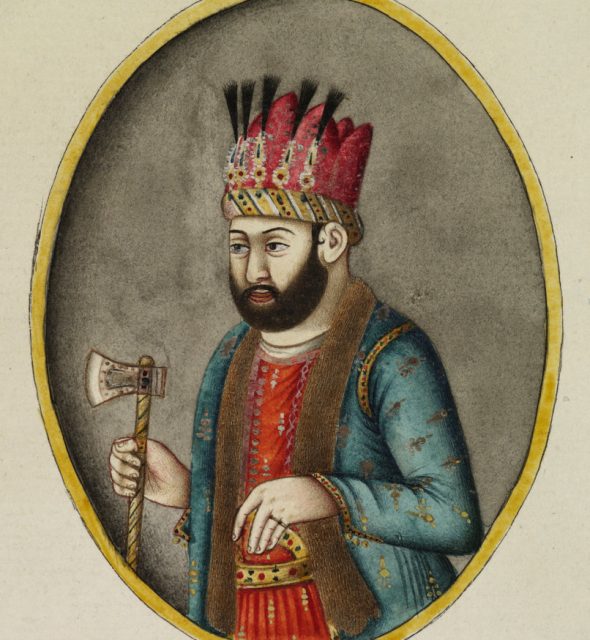
AHMAD SHAH DURRANI (1722-1772), the first of the Saddozai rulers of Afghanistan and founder of the Durrani empire, belonged to the Saddozai section of the Popalzai clan of the Abdali tribe of Afghans. In the 18th century the Abdalis were to be found chiefly around Herat. Under their leader Zaman Khan, father of Ahmad Khan. they resisted Persian attempts to take Herat until, in 1728, they were forced to submit to Nadir Shah. Recognizing the fighting qualities of the Abdalis, Nadir Shah enlisted them in his army.
DOST MUHAMMAD KHAN. AMIR (1791-1863), ruler of Kabul and Qandahar, was the son of Painda Khan (executed 1799), the Barakzai chief. Dost Muhammad`s first engagement with the Sikhs was at Attock, the Afghan citadel, which had fallen into the hands of the Sikhs in June 1813. In the conflict which lasted three months, Dost Muhammad Khan, who himself led the attack in the battle of Haidru, 8 km from Attock, was badly mauled by the Sikh force commanded by Diwan Mohkam Chand. As a result of the fighting among the members of the Durrani and Barakzai families, Dost Muhammad finally established himself in 1823 in Kabul, Kashmir having been lost to the Sikhs in 1819.
FATEH KHAN (d. 1818), son of Painda Khan, the Barakzai chief, who overthrew Shah Zaman, the king of Afghanistan (1793-1800), and placed his half-brother Shah Mahmud on the throne of Afghanistan, himself becoming prime minister. Shah Mahmud was dethroned in 1803 and was succeeded by Shah Shuja`. Fateh Khan expelled Shah Shuja` in 1809 and restored Shah Mahmud to sovereignty. Shah Shuja` fell into the hands of`Ata Muhammad Khan. the governor of Kashmir. As Kashmir was the richest province of the kingdom of Afghanistan, Fateh Khan turned his attention towards `Ata Muhammad Khan.





